

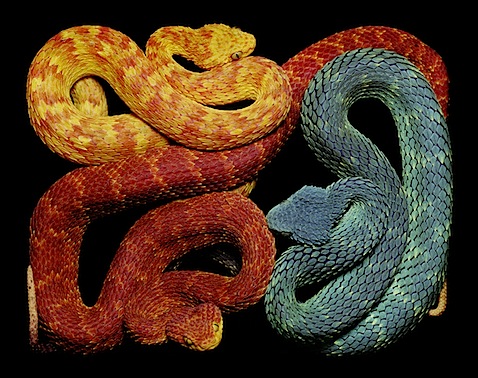


Beautiful photography by Guido Mocafico. More images (and subjects) here.
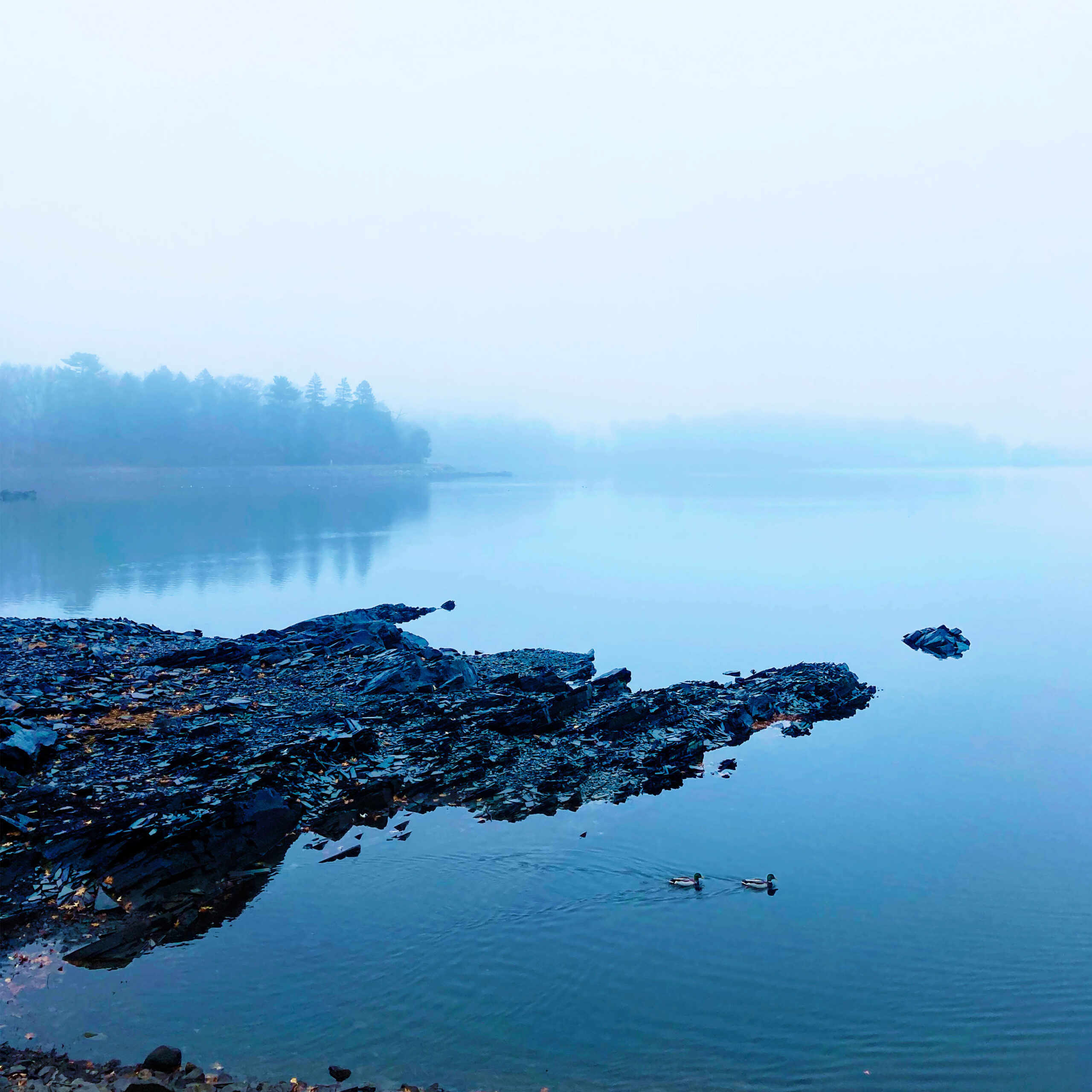
The only blog you’ll ever need.

In a word: yes. Here are some stills from my recent 5 day shoot in Princeton, NJ. Good times. But you already knew that.

still photos by Mykwain Gainey.
I did not cry during last night’s series finale of LOST. I did watch with a couple friends, text a few others, and spend the morning reading reviews on my smartphone. Two of these things were wholly enabled by the digital age. In a way, LOST, more than any other show, has brought the utility of the digital age to a wide swath of viewers for whom terms like “transmedia storytelling” sound completely foreign. If the show has a legacy, other than launching the careers of several talented and deserving actors, it is of Big Media playing in the sandbox of the internet… just a tiny bit… with one of its major properties.
The head writers of the program Carlton Cuse and Damon Lindelof, hosted a weekly podcast, and were interviewed by bloggers just as often as print journalists. Between seasons, the show regularly released web videos which spread virally among hardcore viewers. There was the obligatory video game and the fake websites for corporations depicted in the show. But also the slew of internet handles and urls co-opted by fans. The show itself played on abc.com as well as hulu.com later on. And for less scrupulous viewers (read: me) the show was seen just as often via digital downloads. And then there was the Big One, the Lostpedia — a wiki completely created and maintained by fans of the show, the central repository for all relevant information: theories, mythology, character bios, etc.
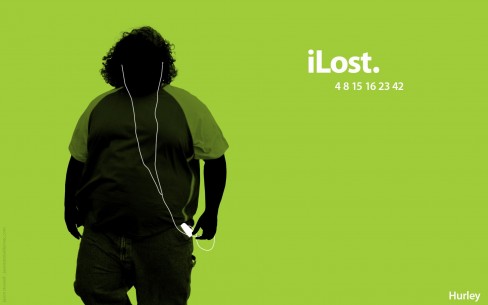

Viewing pattern for LOST in 6 acts:
Seasons 1 & 2: DVD
Season 3: iTunes subscription
Season 4: (Writer’s strike) Broadcast + abc.com
Season 5: BitTorrent + DVR
Season 6: Hulu + BitTorrent + Broadcast
An Episode Ruined:
When #Desmond was a trending topic on Twitter, but did not appear in the episode until the very last minute.
the Times chips in on this phenomenon.
http://vimeo.com/11851275

The End:
With the Super Bowl-like atmosphere surrounding the series finale last night, an old-fashioned live-with-commercials broadcast was the only way to put it to bed. Nor did it feel anachronistic when so many of us were tweeting and texting friends. We are a platform-hopping audience. Yet, as with the time-shifting characters on the show, that need not take away from the value of a shared experience. It might even help bring us together.
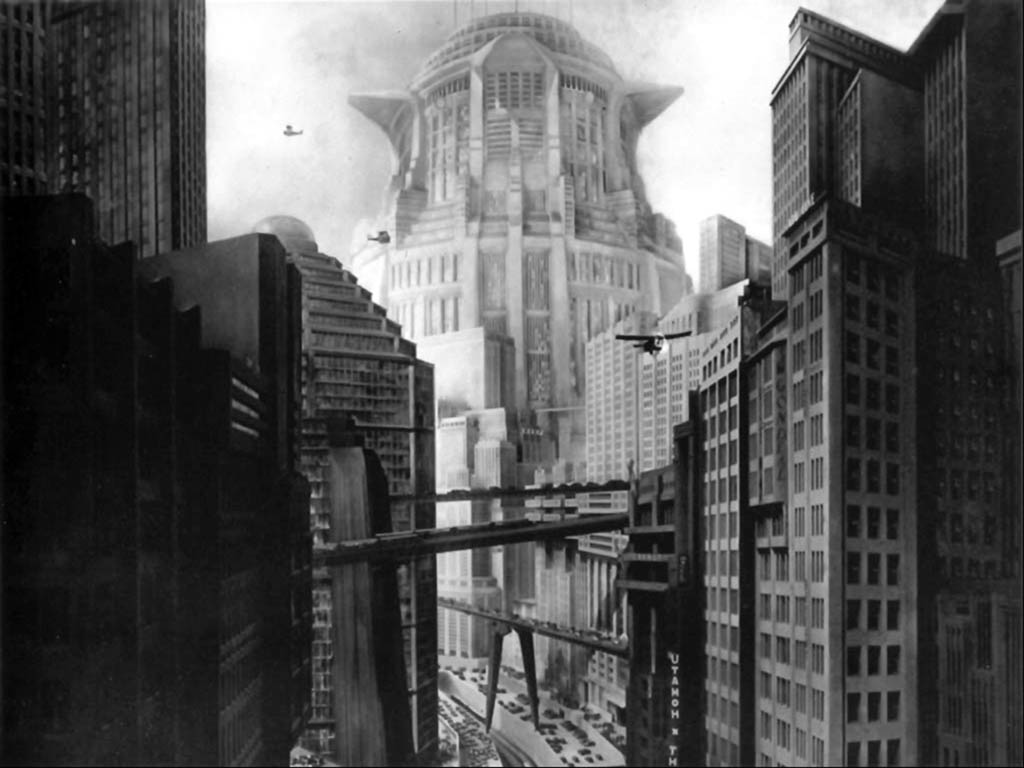
Love these two films. Wondering how ROI will be tracked by the brands and when adapted into features, who owns the rights.
http://www.youtube.com/watch?v=XOZkLIwbRrw
HT to Farrah Bostic


The Treme logotype is everything that it’s counterpart is not. It’s an accurate example of hand-painted lettering that instantly conjures an image of the New Orleans culture. Because it’s handmade, it’s also real— the stylistic affectations and imperfections are what give it character.

On the other hand, the title/credit type feels odd, almost forced. It seems to be some sort of mid-weight serif font, perhaps Bell MT, stuck between old style typefaces like Garamond and a transitional face like Bodoni. It doesn’t pair well with the show or even offer any stylistic continuity. The Treme logotype evokes New Orleans neighborhoods, lifestyle, and culture. The title font evokes an antiseptic book report.
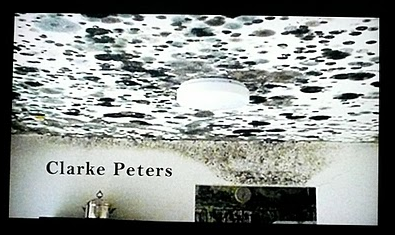
Sure, it contrasts with the powerful imagery in the intro theme, but it has a completely undesirable effect. Rather than making the images themselves pop and feel more powerful, the typographic contrast is jarring, and distracts the viewer from the imagery. So what was Simon thinking? While the typeface does have a genuine feeling, it certainly is not that of New Orleans. My guess is that he chose it because the ball terminals on the font’s letterforms bear a semblance musical notation. Yet notation isn’t really the essence of Jazz, or New Orleans for that matter, both of which represent a diametric shift from Western norms of that era.
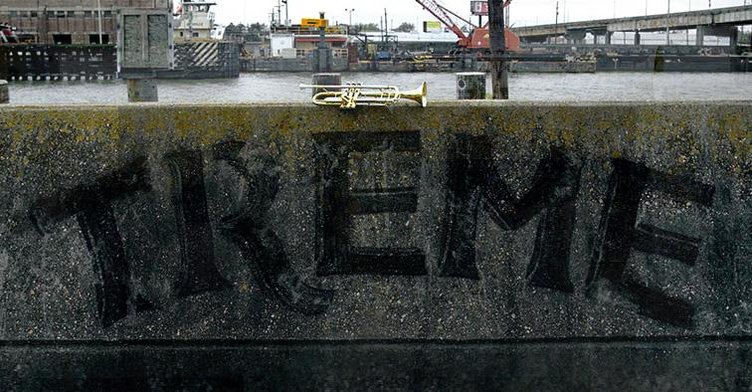
Watching the show, loving the show, but still confused by the credits.
(Written by Desedo friend Ryan Reynolds, who is the Design Director at MSDS.)
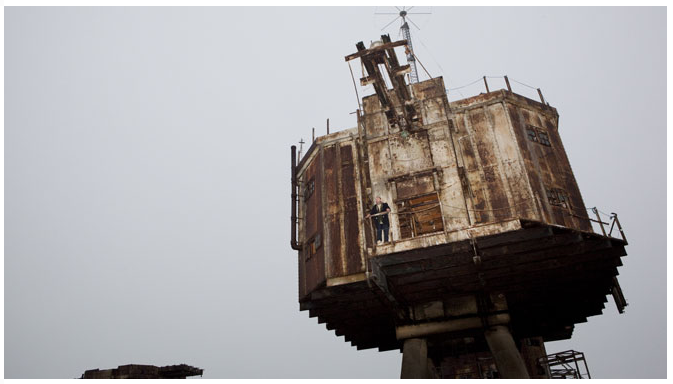

This spot comes out of the gate with traction, it calls on a collective cultural memory and is thus all the more sticky. It’s also disruptive in a way that I’ve been waiting to see. I’m curious to know about how use of the jingle was brokered with Wrigley, and of course, if any other F500 brands have done something bold like this.